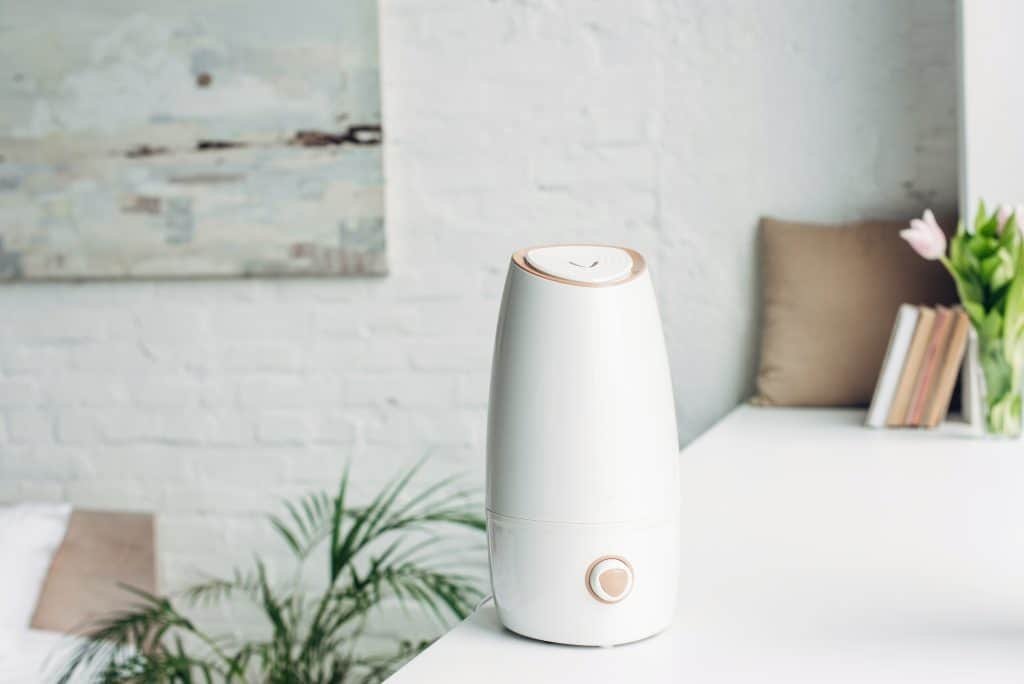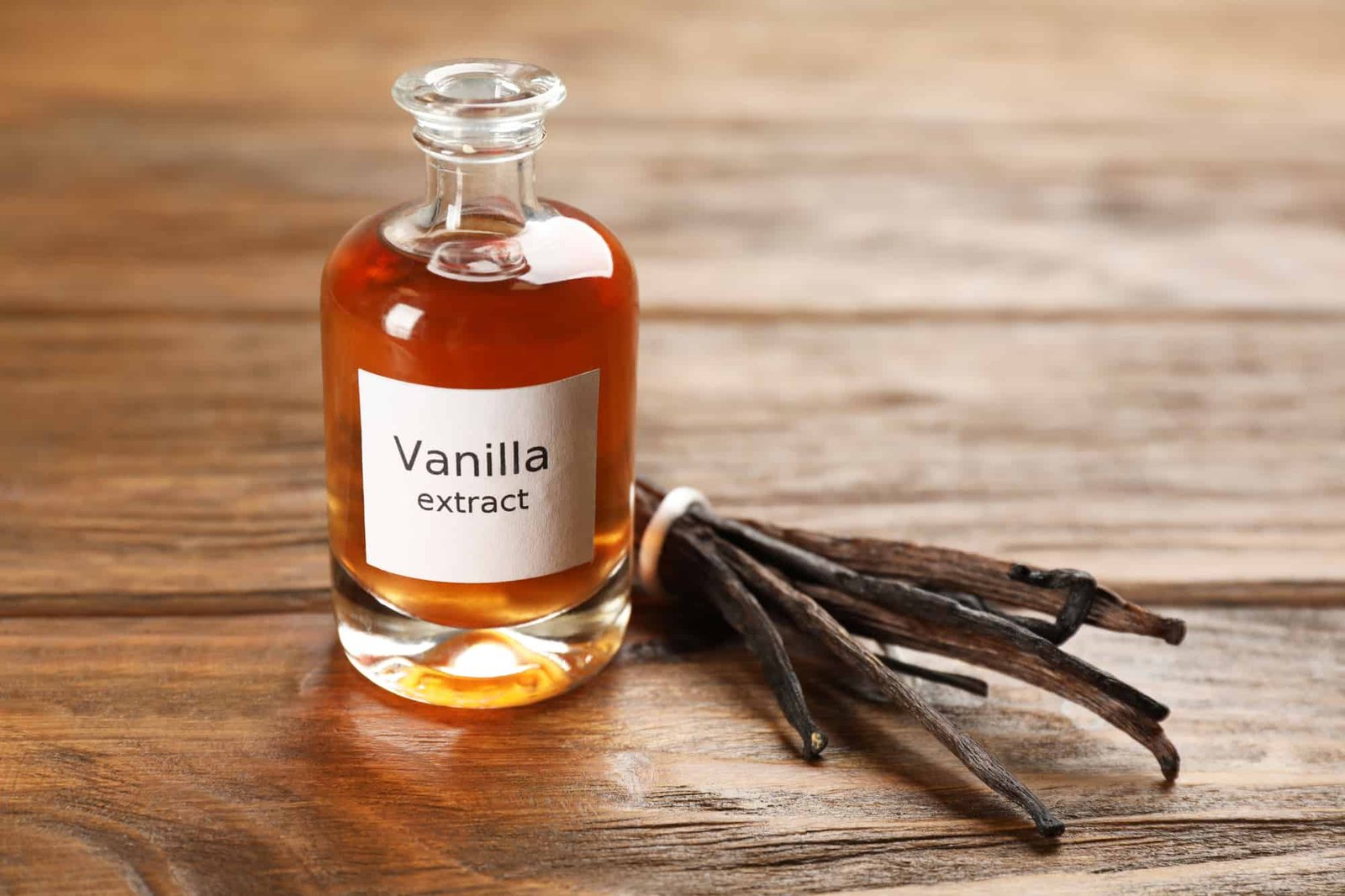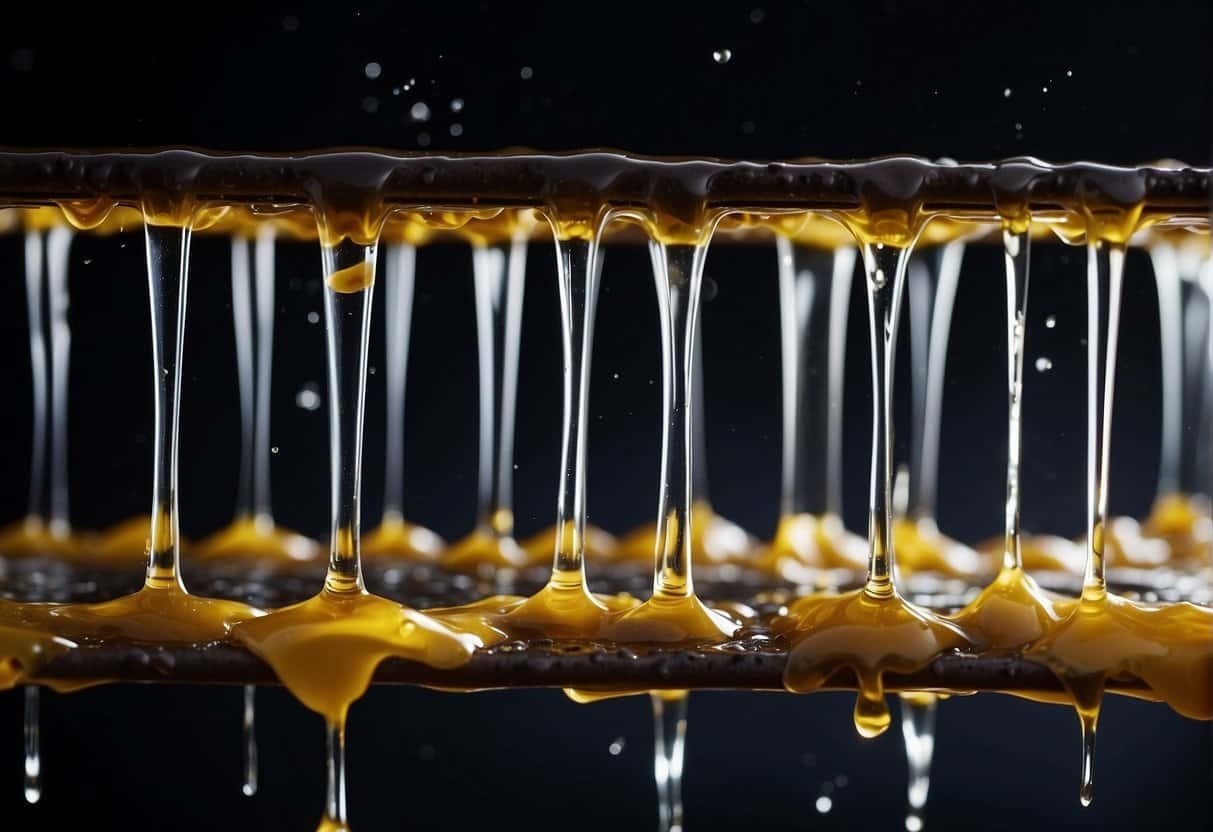Mold is a common problem in indoor areas where a lot of moisture builds up, and it can affect our health in a variety of manners if left untreated.
If you’ve ever seen pink-colored mold in your humidifier, you’re probably worried (as I was) and wondered what it meant.
Pink mold in your humidifier means that you need to clean it thoroughly. Though it is not as dangerous as black mold, it still contributes to certain health risks. So, working to prevent pink mold growth can help you avoid all these possible risks.
This article will cover what pink mold is, as well as the dangers it poses to you and your family’s health. I will also cover how to prevent mold from growing in the first place and share some cleaning suggestions for if it does start to form in your humidifier.
Pink Mold, Residue, or Slime in My Humidifier – What Is It?
Pink mold, residue, or slime in a humidifier is a sign that you haven’t maintained the appliance correctly. All three are a form of mold, which thrives in the damp parts of the machine. Regular cleaning and drying removes the residue and prevents regrowth.
There are three different types of pink mold. The most common one is not actually a type of mold, but a form of bacteria called Serratia marcescens. This bacteria is most common in areas of your home that are prone to dampness (source: Everlasting Comfort).
Improper maintenance of your humidifier can cause pink mold to grow. Mold thrives in areas where it is humid, dark, and cool. Humidifiers meet all these criteria, making them ideal for mold!
If you cannot remember the last time you changed the water in your humidifier or gave it a good clean, this is why you see mold or slime.
The water reservoir tank of your humidifier is where you will typically discover mold. However, dirty filters can also house bacteria, making them another prime spot for mold to reside (source: TheOzoneHole).
Since the water reservoir is where the water is stored, water droplets and condensation will reside even when the humidifier is empty. Because of this constant moisture buildup, mold has an ideal habitat to grow.

Is Pink Mold in a Humidifier Dangerous? Can It Make You Sick?
Black mold is the most dangerous mold that exists. Pink mold is nowhere near that dangerous, but it does not mean it is healthy to breathe in.
Pink mold can be dangerous when exposed to those with asthma or weakened immune systems. Those with these conditions can experience asthma attacks or infections from the mold! Even if you’re mostly healthy, it’s best to deal with the mold when you notice it, so it doesn’t spread.
Additionally, it can cause adverse reactions in individuals with allergies and a sensitivity to mold. Individuals with immune suppression, chronic respiratory condition, or underlying breathing issues are at an increased risk for infections caused by mold (source: CDC).
Here are a few of the health risks pink mold can pose to those who have had exposure to it:
- Asthma Attacks: Individuals with asthma will experience severe reactions when exposed to pink mold. Pink mold can lead to massive asthma attacks and recurring and unexplained sickness within your household.
- Bladder Infection: This infection only occurs if the pink mold infestation has moved past the humidifier and into other parts of your home. Poor health also contributes to this infection.
- Gastrointestinal Trouble: Ingesting pink mold can cause an upset stomach and diarrhea. Mold poisoning can even occur in individuals who have had frequent exposure to pink mold.
- Infected Wounds: If you have recently cleaned your humidifier without gloves and an open wound on your hand, then there is a possibility your wound caught an infection because of the pink mold.
- Pneumonia: If you have weak lungs and have prolonged exposure to pink mold, this could result in catching pneumonia (source: Home Air Quality).
However, the possibility of these risks depends on what variation of pink mold is in your home and how far it spreads.
If you are healthy and have the Serratia marcescens variation in your home, you do not have to worry unless it finds its way into your shower. Serratia marcescens can only lead to severe infection if it enters an open wound or onto someone’s contact lens.
The Fusarium variation of pink mold also is not likely to cause you health issues as long as you have a strong immune system. However, it will pose problems for you if it finds its way into your eyes, food, or under your finger or toenails.
However, if you have a weaker immune system, avoid Fusarium pink mold at all costs! An infection could lead to life-threatening health complications. The good news is this variation is the least likely to be in your home, so you can relax a bit!
How To Clean Pink Mold From a Humidifier
Now that you have found the mold, you do not want to keep it around and risk infecting your family. So, it is time to put on those rubber gloves and clean out that humidifier.
There are several ways you can clean your humidifier. Here are a few of the top suggestions to get your humidifier mold-free:
- Empty the water from your humidifier before rinsing it with hot water and white vinegar. You can use a soft-bristled brush to scrub the humidifier’s interior and remove any mold build-up.
Rinse the humidifier unit with hot water and allow it to air-dry completely before reassembling it. - There are several cleaning products on the market that target mold and mildew. So when cleaning your humidifier, you might consider one of those.
However, we recommend checking that it is safe to use in the water reservoir and that any leftover product will not ruin your humidifier’s filter should it pass through it. - Replacing the air filters as recommended by the manufacturer is an excellent way to keep your humidifier clean. If mold has spread to the filter, remove the old filter, and give the area a thorough cleaning using clean water and white vinegar solution before putting in a new filter.

How To Prevent Pink Mold in Your Humidifier
With the knowledge and the tools you now possess, you can rid your humidifier of pink mold should it occur. However, what if you want to prevent mold growth instead?
Luckily, there are many preventative measures you can take to stop pink mold from growing. Here is a list of the preventive measures you can take:
- Use tea tree oil. Distilled from the Melaleuca plant, this essential oil has antifungal and antibacterial properties. A few drops of this in your humidifier will prevent pink mold growth and act as a breathing aid for individuals with asthma or respiratory issues (source: Aire Serv).
- Use white vinegar. White vinegar has antibacterial and antimicrobial properties. Pouring one cup of this into your humidifier will prevent the growth of mold.
- Use demineralized or distilled water. Minerals in tap water cause scale build-up. Using demineralized or distilled water in your humidifier reduces scale build-up, which will lead to mold prevention (source: CPSC Safety Alert).
- Use humidifier tablets. These tablets’ purpose is to neutralize bacteria, lime buildup, and mold. Follow the instructions on the packet and drop it into your humidifier. If you prefer, these are also available in drops and sticks.
I hope it’s a relief to know that pink mold only means your humidifier needs a thorough cleaning. After reading, you should now know plenty of useful information to handle it at home!










